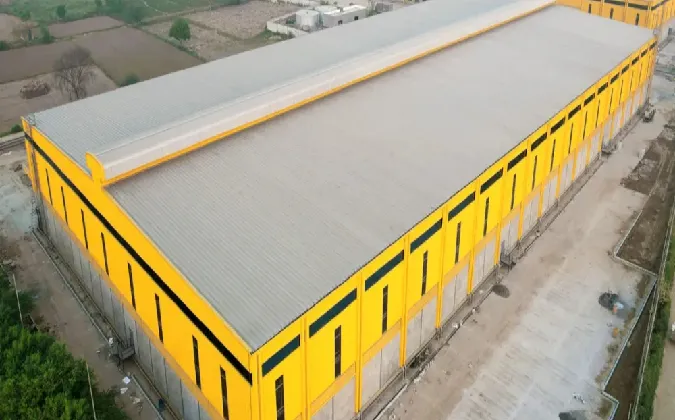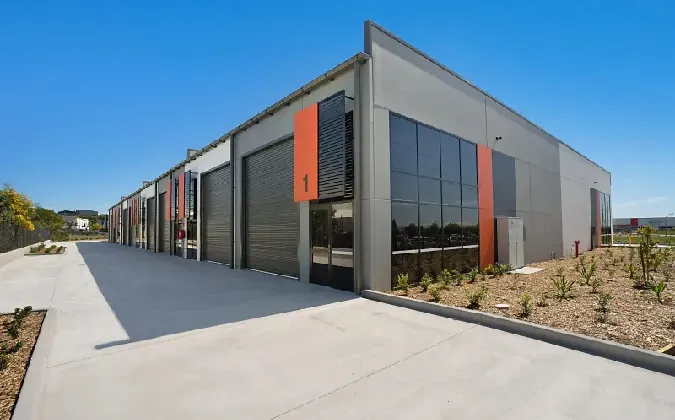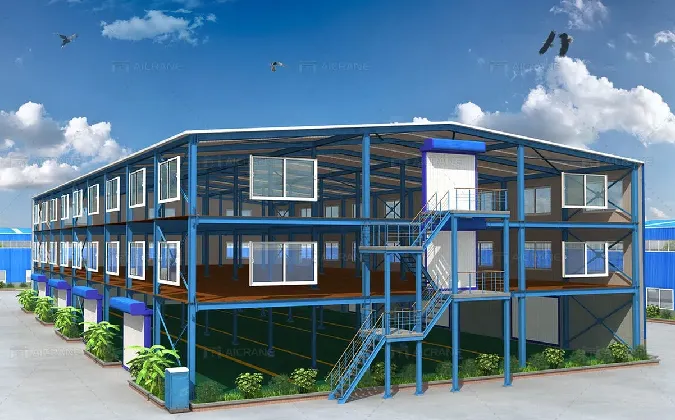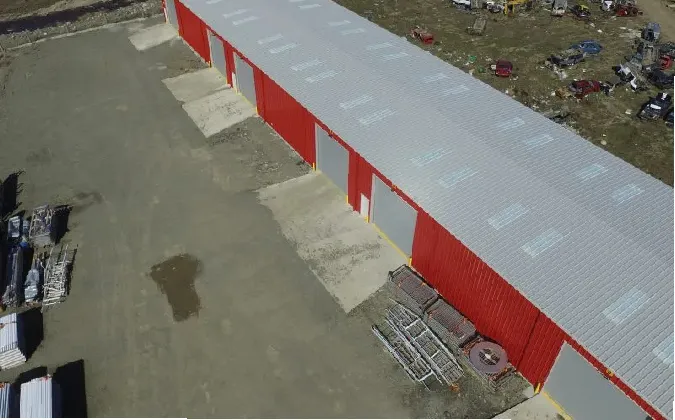- Afrikaans
- Albanian
- Amharic
- Arabic
- Armenian
- Azerbaijani
- Basque
- Belarusian
- Bengali
- Bosnian
- Bulgarian
- Catalan
- Cebuano
- Corsican
- Croatian
- Czech
- Danish
- Dutch
- English
- Esperanto
- Estonian
- Finnish
- French
- Frisian
- Galician
- Georgian
- German
- Greek
- Gujarati
- Haitian Creole
- hausa
- hawaiian
- Hebrew
- Hindi
- Miao
- Hungarian
- Icelandic
- igbo
- Indonesian
- irish
- Italian
- Japanese
- Javanese
- Kannada
- kazakh
- Khmer
- Rwandese
- Korean
- Kurdish
- Kyrgyz
- Lao
- Latin
- Latvian
- Lithuanian
- Luxembourgish
- Macedonian
- Malgashi
- Malay
- Malayalam
- Maltese
- Maori
- Marathi
- Mongolian
- Myanmar
- Nepali
- Norwegian
- Norwegian
- Occitan
- Pashto
- Persian
- Polish
- Portuguese
- Punjabi
- Romanian
- Russian
- Samoan
- Scottish Gaelic
- Serbian
- Sesotho
- Shona
- Sindhi
- Sinhala
- Slovak
- Slovenian
- Somali
- Spanish
- Sundanese
- Swahili
- Swedish
- Tagalog
- Tajik
- Tamil
- Tatar
- Telugu
- Thai
- Turkish
- Turkmen
- Ukrainian
- Urdu
- Uighur
- Uzbek
- Vietnamese
- Welsh
- Bantu
- Yiddish
- Yoruba
- Zulu
Aug . 08, 2024 04:40 Back to list
The Evolution and Impact of Industrial Buildings
Industrial buildings are a fundamental component of economic development, serving as the backbone for manufacturing, warehousing, and distribution. Their importance has evolved significantly over the years, adapting to the changing landscape of technology, production methods, and economic demands. This article explores the characteristics, evolution, and implications of industrial buildings in contemporary society.
Historically, industrial buildings were primarily functional structures designed for mass production. In the late 19th and early 20th centuries, the rise of the Industrial Revolution led to the construction of large factories, which became synonymous with urban landscapes. These buildings featured vast open spaces, high ceilings, and large windows to provide ample natural light. Materials like brick and steel were favored for their durability and strength, facilitating the construction of these robust structures.
The Evolution and Impact of Industrial Buildings
The rise of e-commerce and technology-driven logistics further impacts the design and functionality of industrial buildings. Warehouses and distribution centers have become critical components of the supply chain, requiring designs that allow for swift processing and movement of goods. Features such as high ceilings, expansive floor areas, and strategic locations near transportation hubs have become essential for these structures. Additionally, the increased use of automation technologies, such as automated storage and retrieval systems, has revolutionized the way goods are managed and distributed.
industrial building pdf
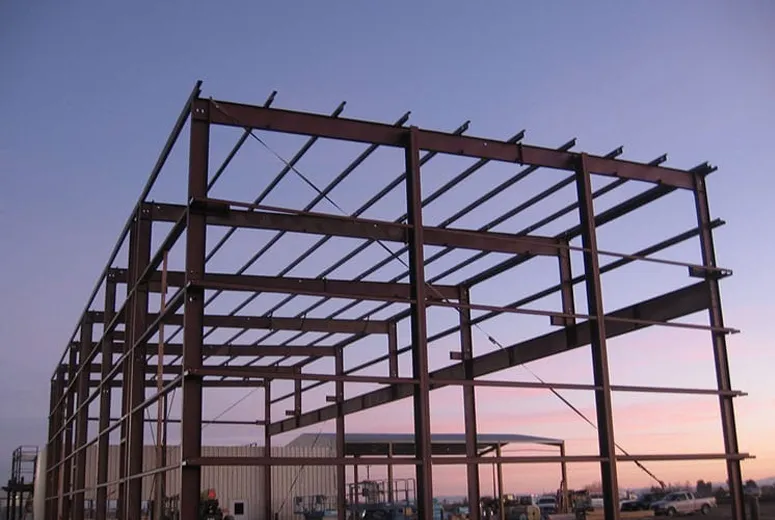
The shift towards sustainability in industrial building design cannot be understated. Green building practices, which include the use of renewable energy sources, sustainable materials, and efficient waste management systems, are now commonplace. LEED (Leadership in Energy and Environmental Design) certification has gained prominence, guiding developers in designing energy-efficient and environmentally responsible structures. These sustainable practices not only minimize environmental impact but can also lead to significant cost savings in operations and maintenance over time.
Moreover, industrial buildings are increasingly designed with their surrounding communities in mind. While historically seen as segregated elements of urban development, contemporary industrial projects are integrating into mixed-use environments. This approach fosters urban revitalization and encourages community development, transforming industrial zones into vibrant areas that can promote economic activity and social interaction.
As we look to the future, the role of industrial buildings is likely to continue evolving. Emerging technologies such as artificial intelligence, the Internet of Things (IoT), and advanced data analytics promise to further streamline industrial operations and enhance productivity. These innovations will require industrial buildings to be adaptable, capable of accommodating the rapidly changing demands of the industry.
In conclusion, industrial buildings are not merely functional structures; they are pivotal to economic progress and have a profound influence on our urban environments. As they continue to evolve in form and function, embracing sustainability and technological advancements, they will play a crucial role in shaping the future of industry and urban life. Understanding the significance of these buildings allows us to appreciate their impact on both the economy and the environment, ensuring that they remain integral to the fabric of contemporary society.
-
Steel Frame Factory with Insulated Roof Panels
NewsAug.14,2025
-
Prefab Metal Building with Insulation Package Options
NewsAug.14,2025
-
Industrial Steel Sheds for Temporary Workshop Use
NewsAug.14,2025
-
Metal Workshops Featuring Corrugated Steel Roofs
NewsAug.14,2025
-
Modular Steel Frame Excellence: Our Pursuit of Perfection
NewsAug.14,2025
-
Metal Garage Kits Crafted with Customer Satisfaction at Heart
NewsAug.14,2025
Products categories
Our Latest News
We have a professional design team and an excellent production and construction team.






